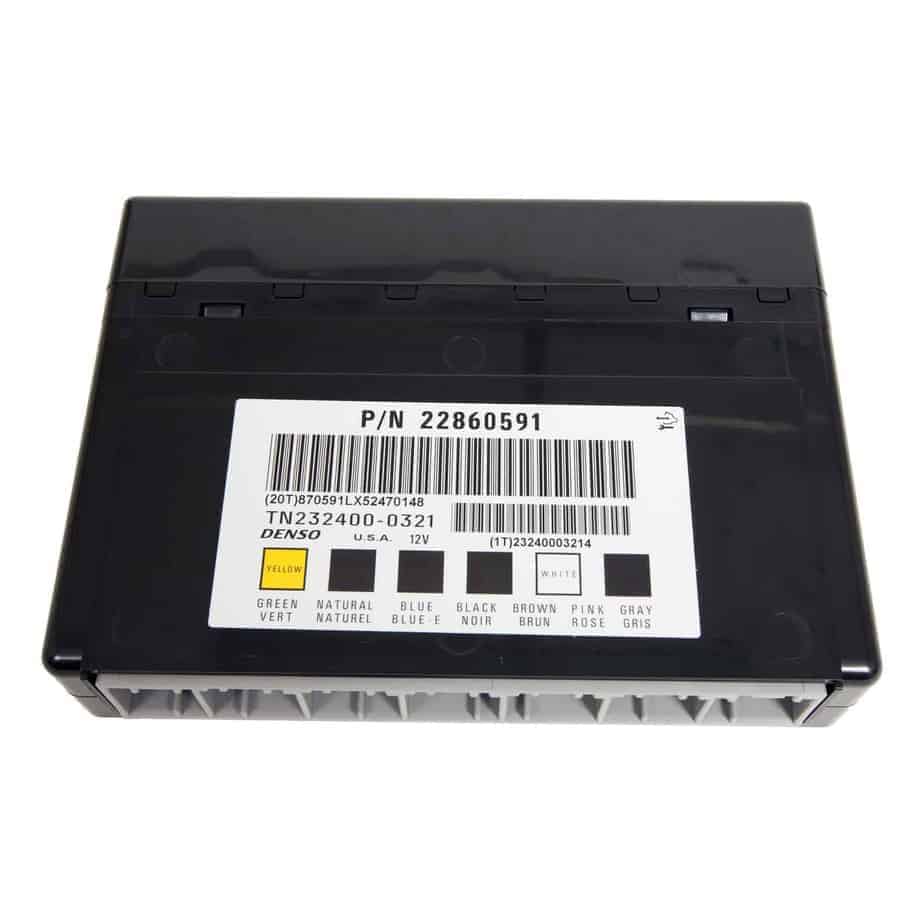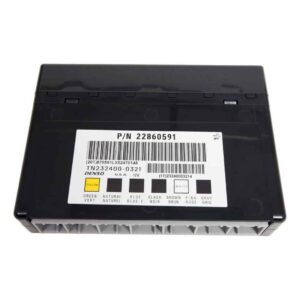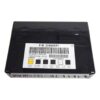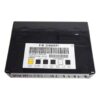If you’re dealing with bizarre electrical issues in your 2010 Chevy Tahoe—like power windows with a mind of their own, flickering interior lights, or a security system that randomly engages—you’ve likely met the frustrating reality of a failing Body Control Module (BCM). As a technician with over two decades of experience, I’ve seen these symptoms countless times. The BCM is the central hub for your vehicle’s body electronics, and when it starts to fail, it can create a cascade of confusing problems.
This isn’t just a replacement part; it’s a complete, ready-to-install solution. We take the guesswork and high dealership costs out of the equation. Simply provide us with your vehicle’s VIN after purchase, and our experts will program this module with the latest GM factory software specific to your Tahoe. This ensures seamless communication between the BCM and your vehicle’s other systems, restoring full functionality right out of the box.
A Technician’s Notebook: The Tahoe with a Mind of Its Own
I remember a 2010 Tahoe that came into my bay last winter. The owner was at his wit’s end. The radio would switch off, the door locks would cycle while driving, and the dome lights would stay on, draining the battery overnight. He’d already replaced the battery and checked all the fuses. A quick scan with a professional tool showed multiple communication loss codes, all pointing to one culprit. We installed a VIN-programmed 2010 Tahoe Body Control Module, and it was like flipping a switch. All the phantom electrical gremlins vanished. It’s a common story, and this part is the reliable fix.
Is Your GM Vehicle Showing These BCM Failure Signs?
A failing BCM can manifest in numerous ways. If you’re experiencing any of the following, it’s a strong indicator that your module needs attention:
- ✔ Erratic or non-functional power windows, door locks, or mirrors.
- ✔ Interior or exterior lights that won’t turn on or off correctly.
- ✔ The security system engaging without reason, preventing the vehicle from starting.
- ✔ Intermittent operation of the radio, climate controls, or instrument cluster gauges.
- ✔ Diagnostic Trouble Codes (DTCs) related to communication loss, such as U0140, U0155, or other ‘U’ codes.
- ✔ The airbag warning light is illuminated on the dash.
Your Straightforward BCM Installation Guide
For the confident DIYer, replacing the BCM in a 2010 Tahoe is a manageable job. It is typically located under the driver’s side of the dashboard, near the steering column.
- Safety First: Always disconnect the negative terminal from your vehicle’s battery and wait a few minutes to ensure all systems are powered down.
- Access the Module: Remove any lower dash panels or trim necessary to gain clear access to the old BCM. This usually involves a few screws or clips.
- Disconnect and Remove: Carefully unplug the electrical connectors from the old module. They have locking tabs that must be depressed. Once disconnected, unbolt or unclip the module from its mounting bracket.
- Install the New BCM: Mount your new, pre-programmed BCM in the same location and securely reconnect all electrical harnesses. Ensure they click into place.
- Final Steps: Re-install the dash panels and reconnect the negative battery terminal. Start the vehicle and test all body functions—lights, windows, locks, and radio—to confirm proper operation.
Important Note on Post-Installation: Depending on your vehicle’s specific configuration, a couple of additional steps might be needed. If your airbag light is on, an ‘Airbag System Sync’ (Setup SDM Primary Key) will be required using a professional scan tool. A ‘Brake Pedal Position Relearn’ may also be necessary. Always refer to a factory service manual for detailed procedures.
Verified Fitment for a Wide Range of GM Models
While this is a direct-fit solution for the 2010 Tahoe Body Control Module, its versatile design allows it to be programmed for a vast array of other GM cars, trucks, and SUVs. This module is compatible with part numbers 15276271, 10382479, 15892622, 20815898, 22860591, and many more. Please see the detailed list below to confirm compatibility with your specific vehicle.
EXPRESS 2500 VAN 10 Body Control (BCM); (center dash), 6.0L
IMPALA 06-12 Body Control (BCM); (LH dash)
ACADIA 07-12 Body Control (BCM); (LH dash)
MONTE CARLO 06-07 Body Control (BCM); (LH steering column)
TAHOE 10 Body Control (BCM); (under steering column), ID 25892622
TRAVERSE 09-12 Body Control (BCM); (LH dash)
YUKON 10 Body Control (BCM); (under steering column), ID 25892622
SUBURBAN 1500 10 Body Control (BCM); (under steering column), ID 20815898
… and many more models as listed in the full compatibility chart.
Frequently Asked Questions
Frequently Asked Questions
Do I need to do any programming myself?
No. We handle all the programming before shipping. Just provide your VIN during checkout, and the module will arrive flashed with the latest GM software for your specific vehicle, ready for installation.
Is there a core charge or do I need to return my old part?
There is absolutely no core charge for this BCM. You can keep your old part, which saves you the time, money, and hassle of shipping it back.
What tools are needed for installation?
Basic hand tools are typically all that’s required for the physical installation, such as a socket set and a panel removal tool. However, as noted, a professional-grade scan tool may be needed for post-installation procedures like the airbag system sync if the warning light appears.
Will this fix my ‘Service Airbag’ light?
If the airbag light is caused by a faulty BCM or a communication issue between the BCM and the SDM (Sensing and Diagnostic Module), this part will resolve the root cause. However, after installation, the ‘Setup SDM Primary Key in BCM’ procedure must be performed with a compatible scan tool to sync the systems and turn off the light.
How do I find the part number on my original BCM?
The part number is printed on a sticker directly on the module’s housing. You will need to access the module, typically under the driver’s side dash, to view it. However, since we program by VIN, an exact part number match isn’t always necessary as long as your vehicle is on our compatibility list.



